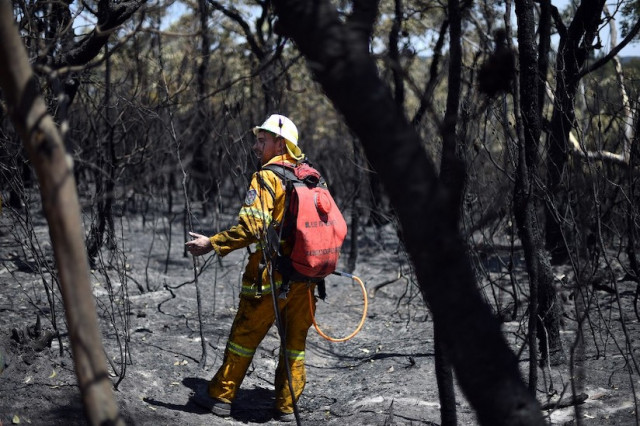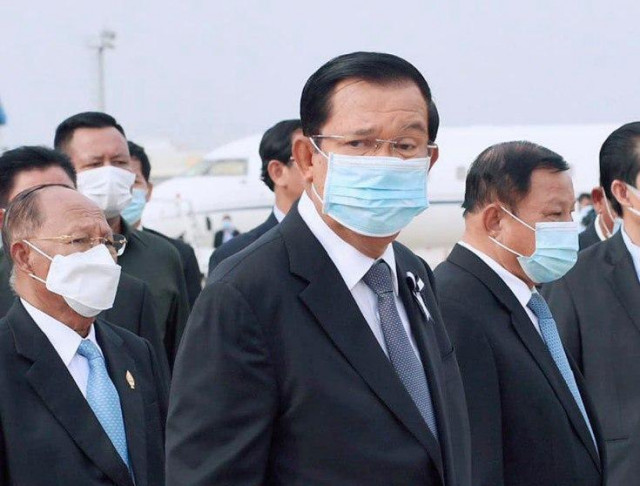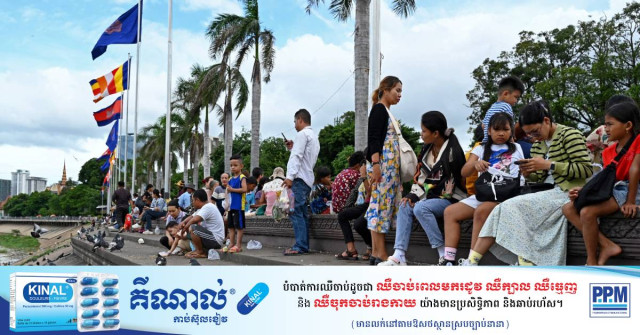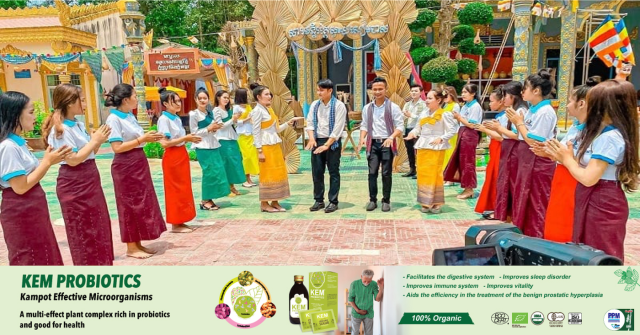By the Numbers: How Cambodian People Rely on Fish
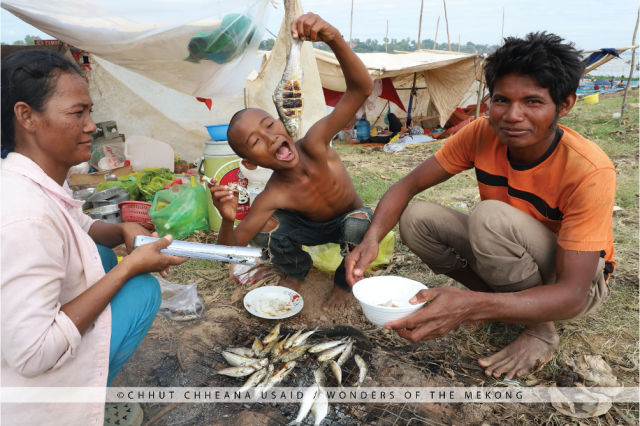
- By Chhut Chheana / USAID Wonders for the Mekong
- July 5, 2021 11:49 AM
In Cambodia, the fisheries sector is considered the primary source of nutrition and income, and also exhibits a strong influence on Cambodian culture.
Fisheries create jobs for over 6 million people living along rivers, around the Tonle Sap Lake, and in coastal areas, accounting for 45.5% of the total Cambodian population. Among those 6 million people, 10.5% consider fishing as their primary occupation while the other 35% consider it as a secondary occupation.
Since 2000, inland fishery production in Cambodia has ranked fourth in the world after China, India and Bangladesh. However, if just the average catch of freshwater fish per capita was considered, Cambodia would rank first in the world.
On average, Cambodian people consume up to 37.5 kg of fish per year, meaning Cambodia has among the highest rates of fish consumption in the world. In fact, Cambodian people living along the lowland areas around the Tonle Sap Lake and Mekong River consume up to 67 kg of fish per year. Cambodia far surpasses other countries in the world, which eat 15 kg of fish per person on average.
The numbers don’t lie, fish are truly essential to Cambodian people and their welfare. Wonders of the Mekong encourages the people of Cambodia to continue to take care of their fisheries resources today and every day, for the health and happiness of the people and the Mekong River, for generations to come.
Please share this post and follow Wonders of the Mekong to learn more about the importance of fisheries resources in Cambodia. The data mentioned in this story were collected from the 2017 Cambodia Fishery Report.






